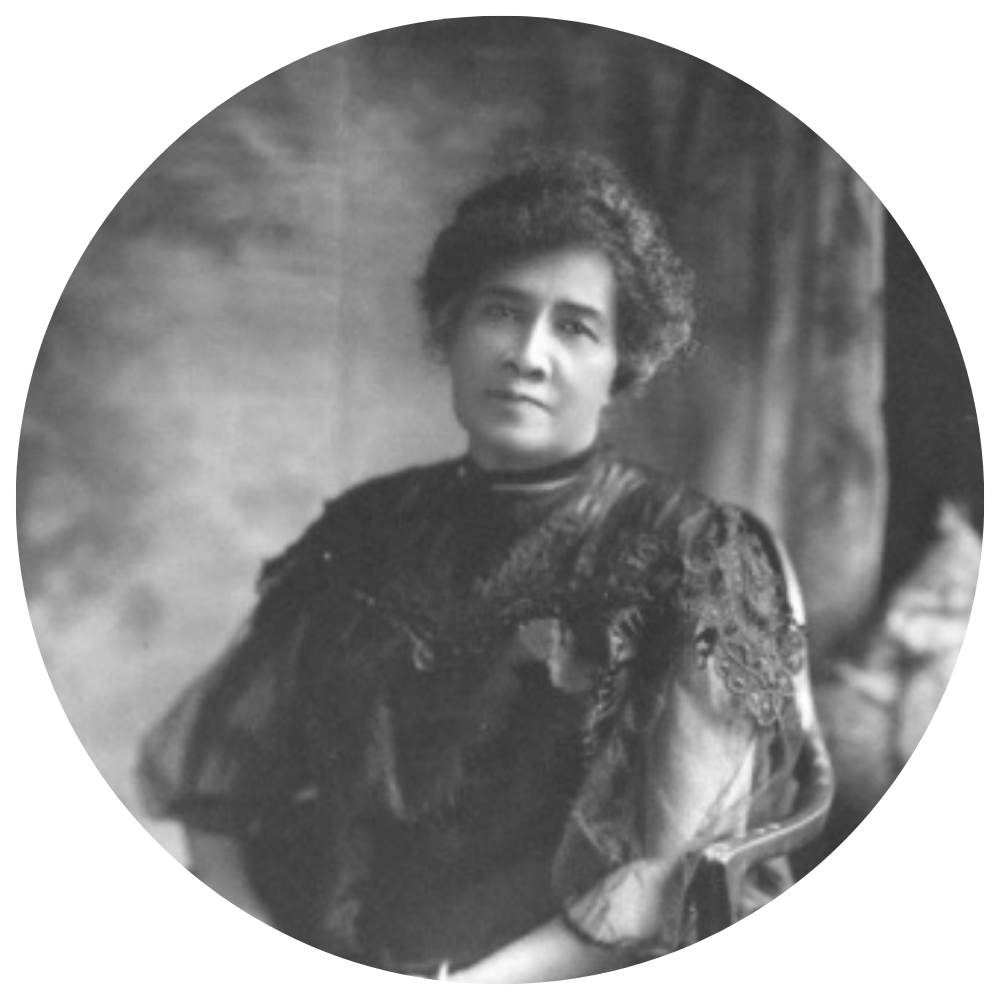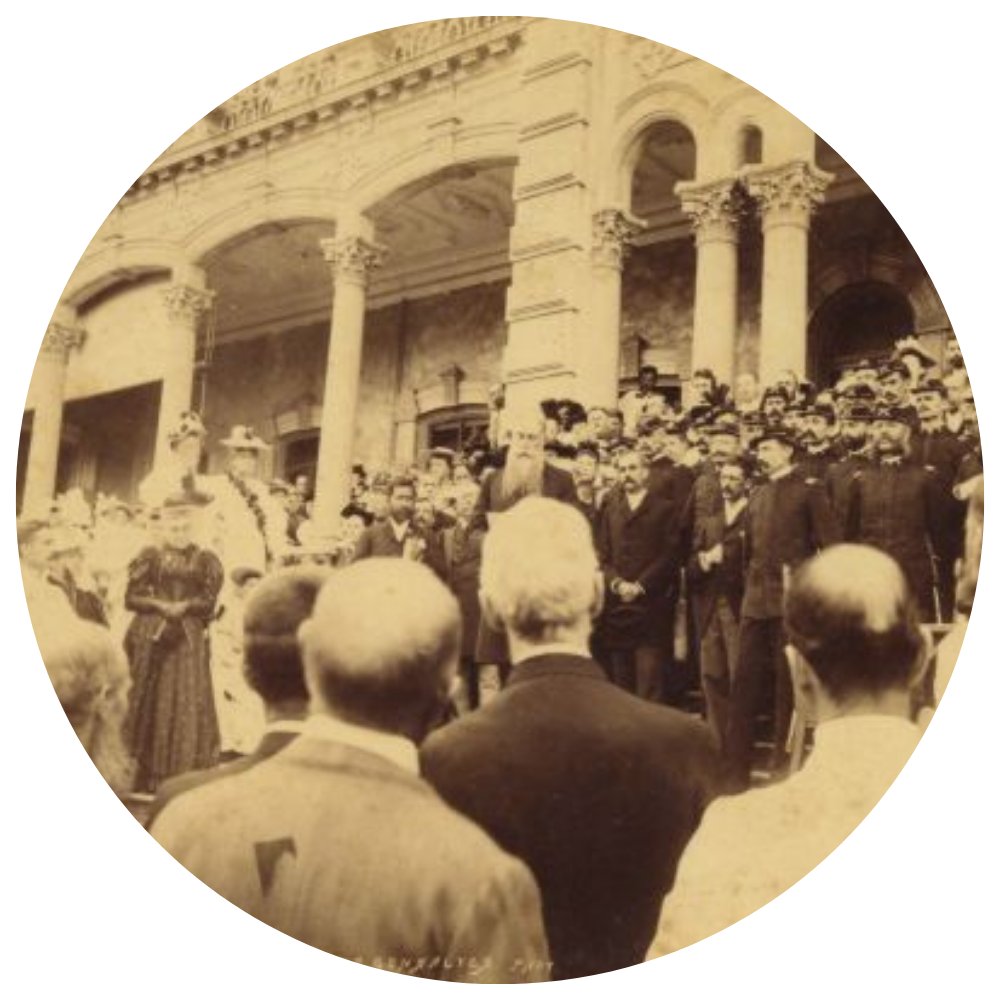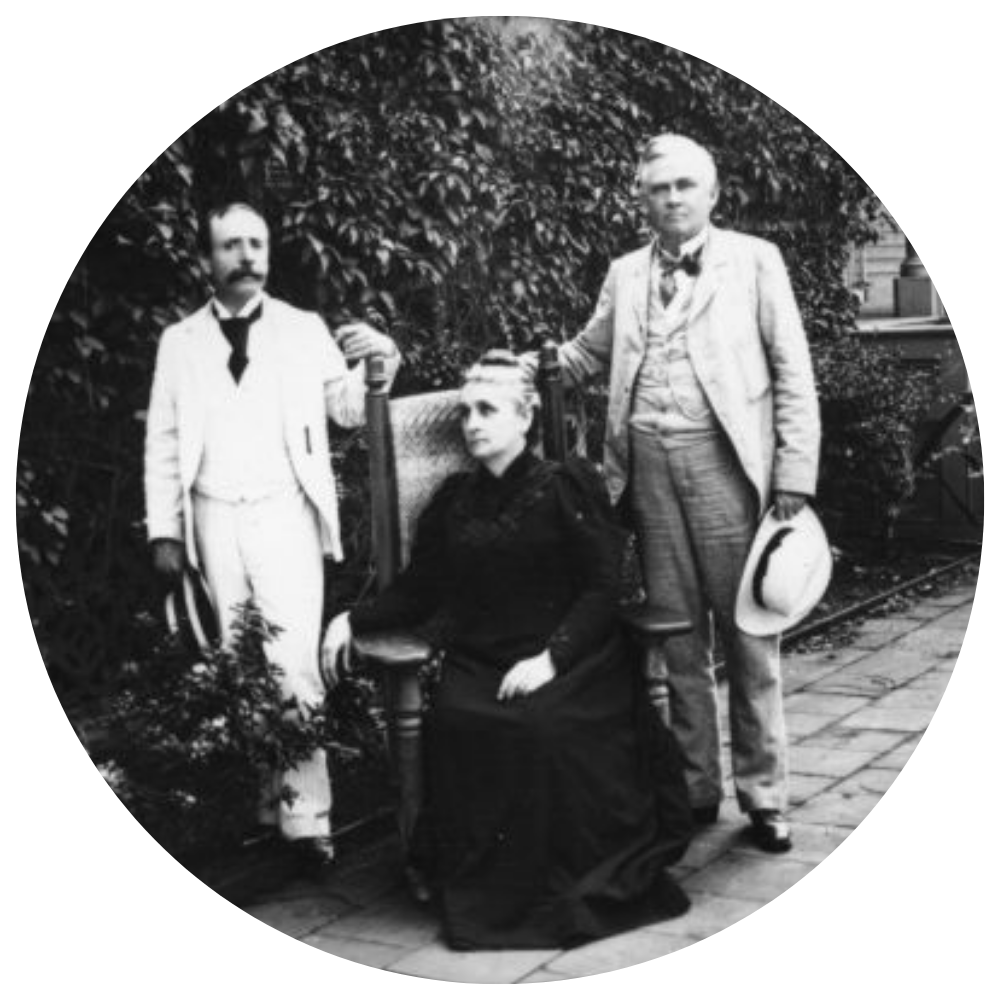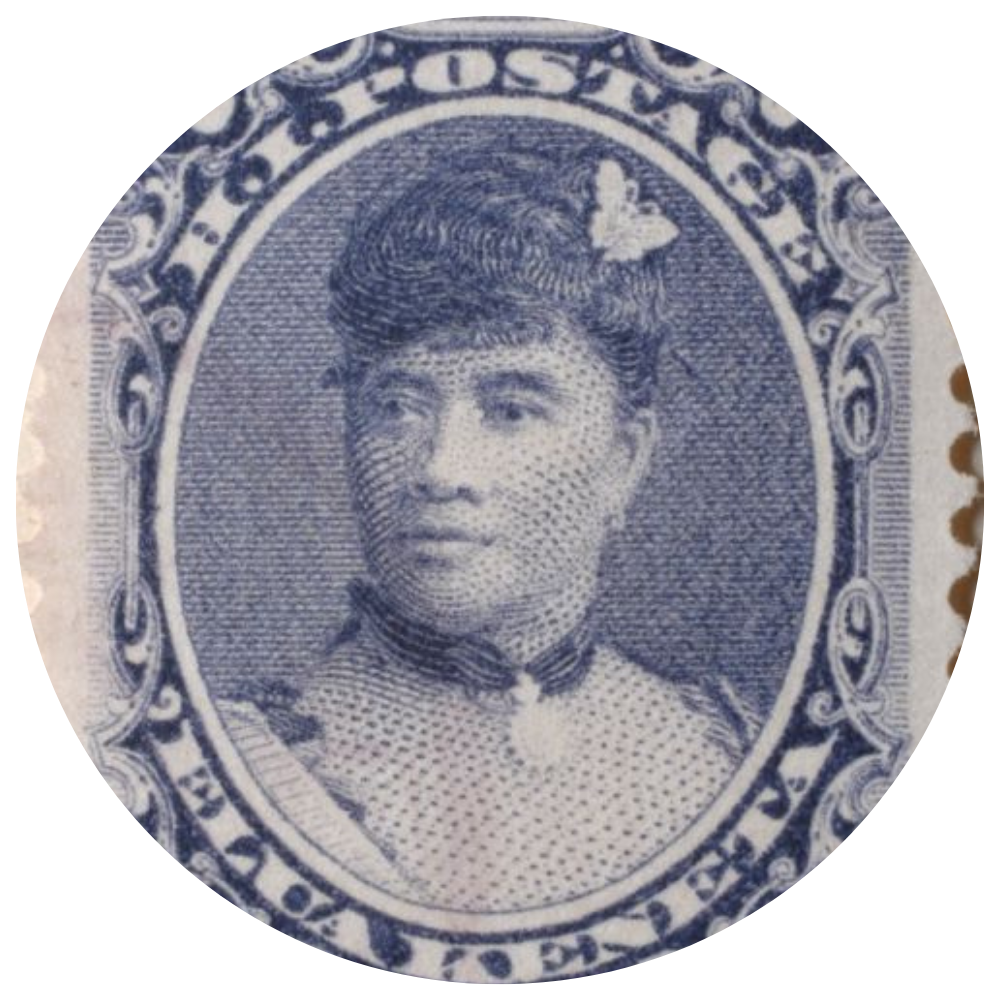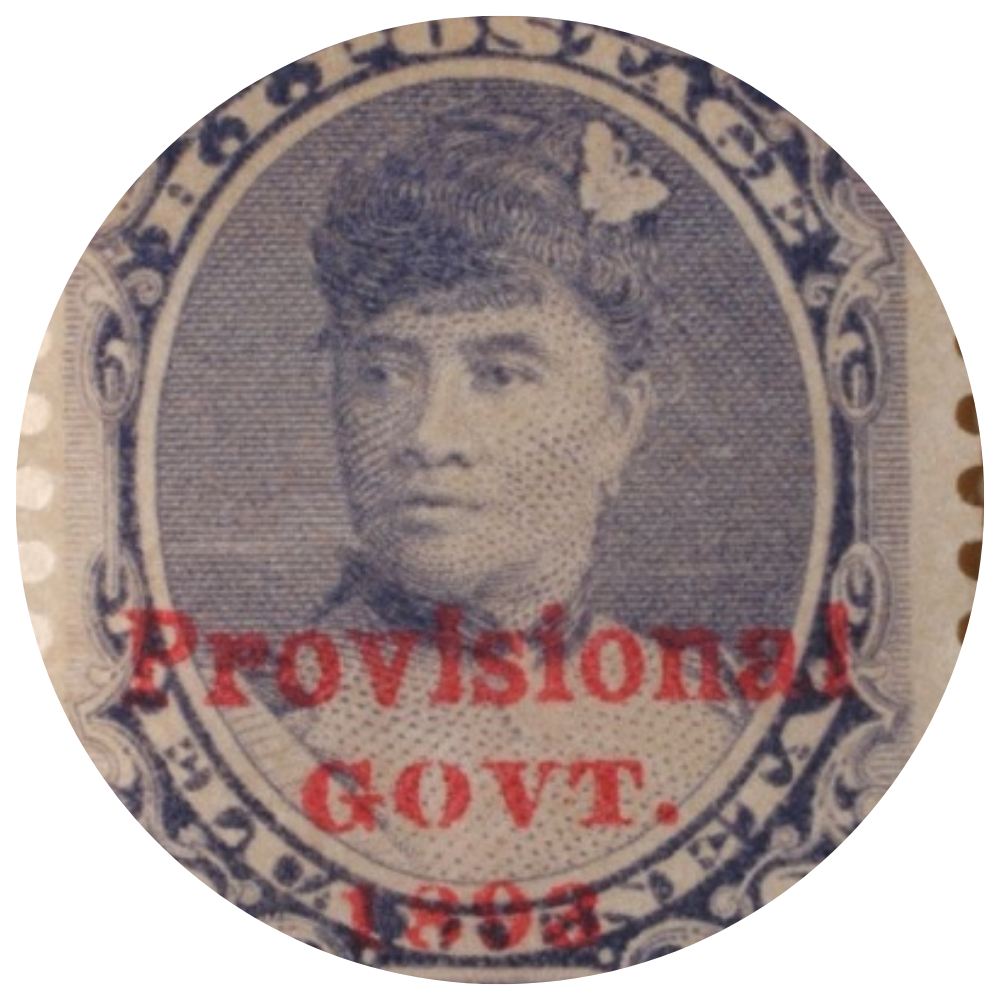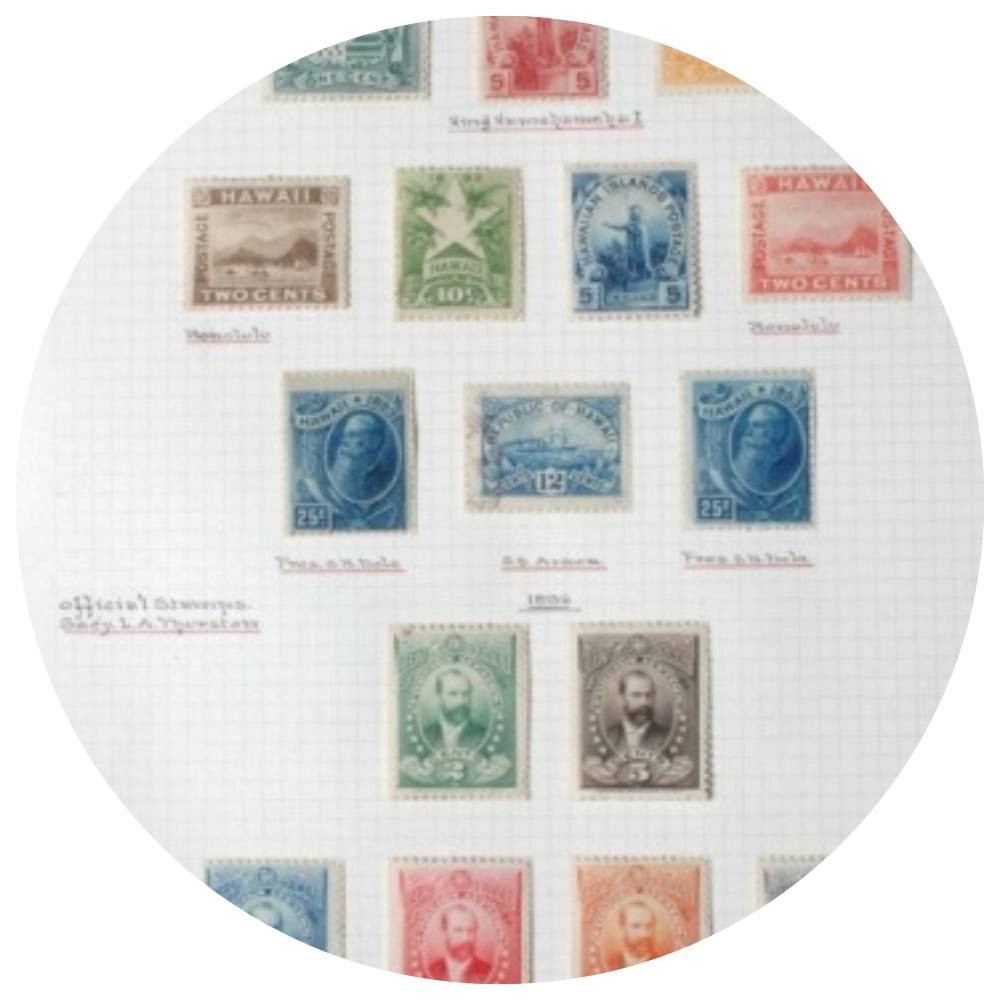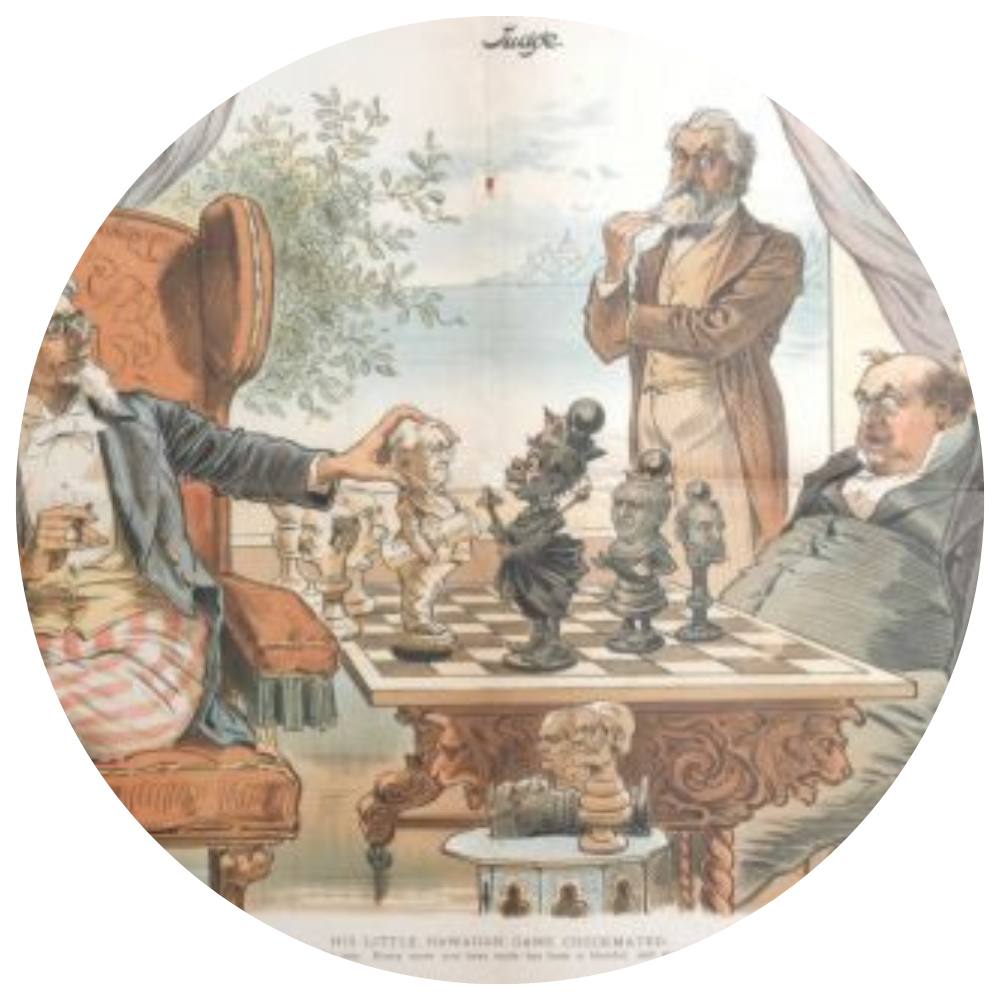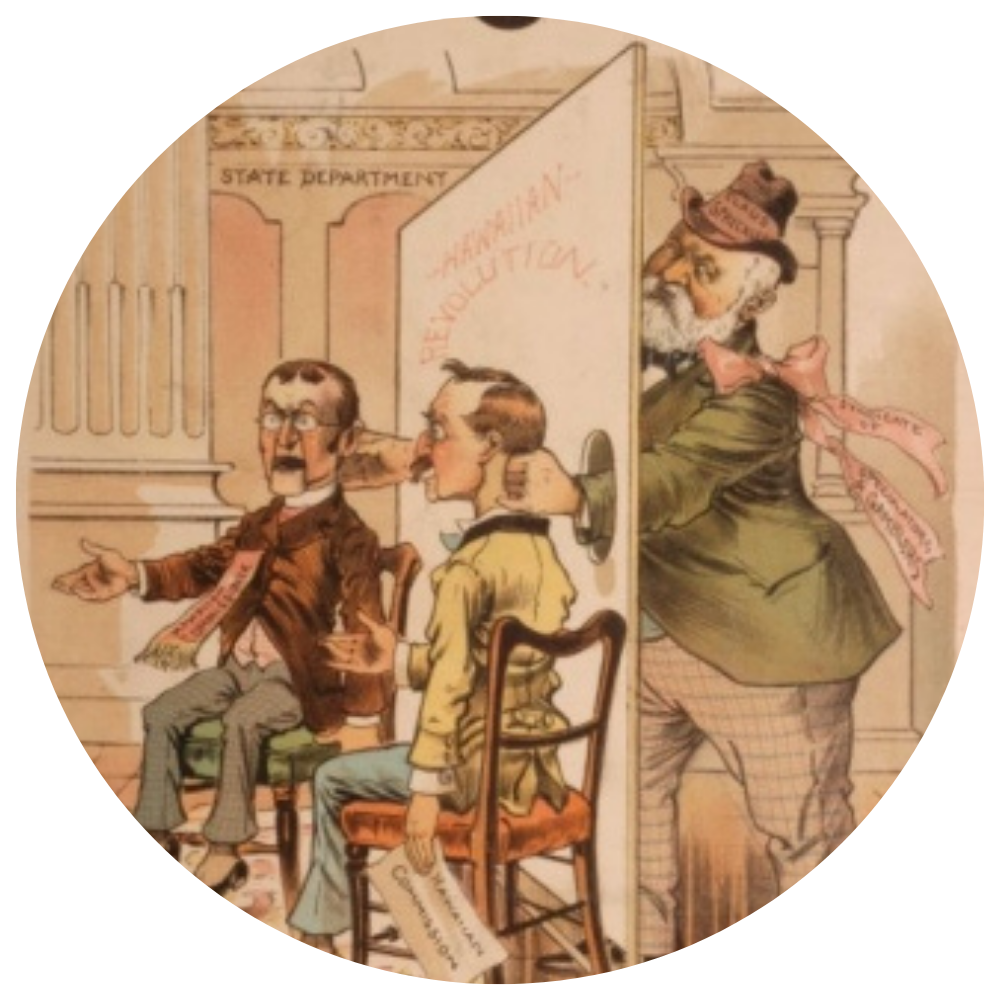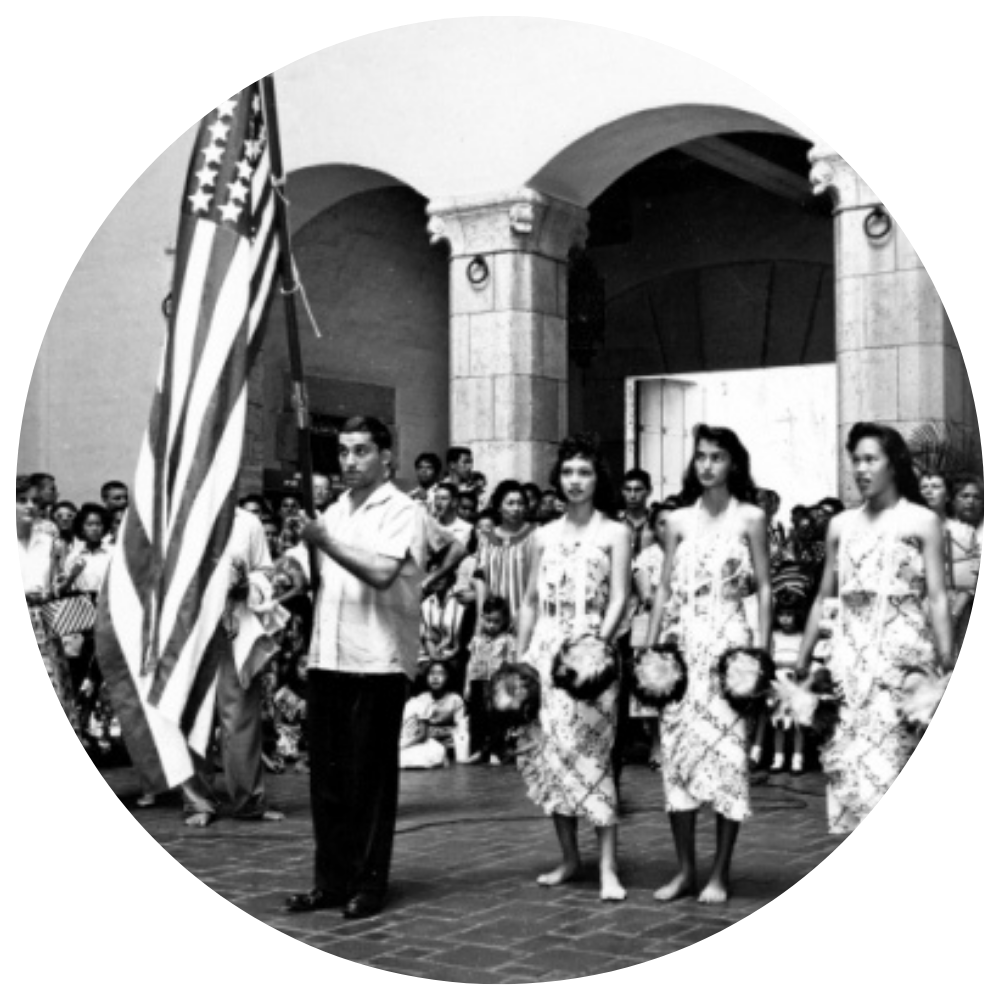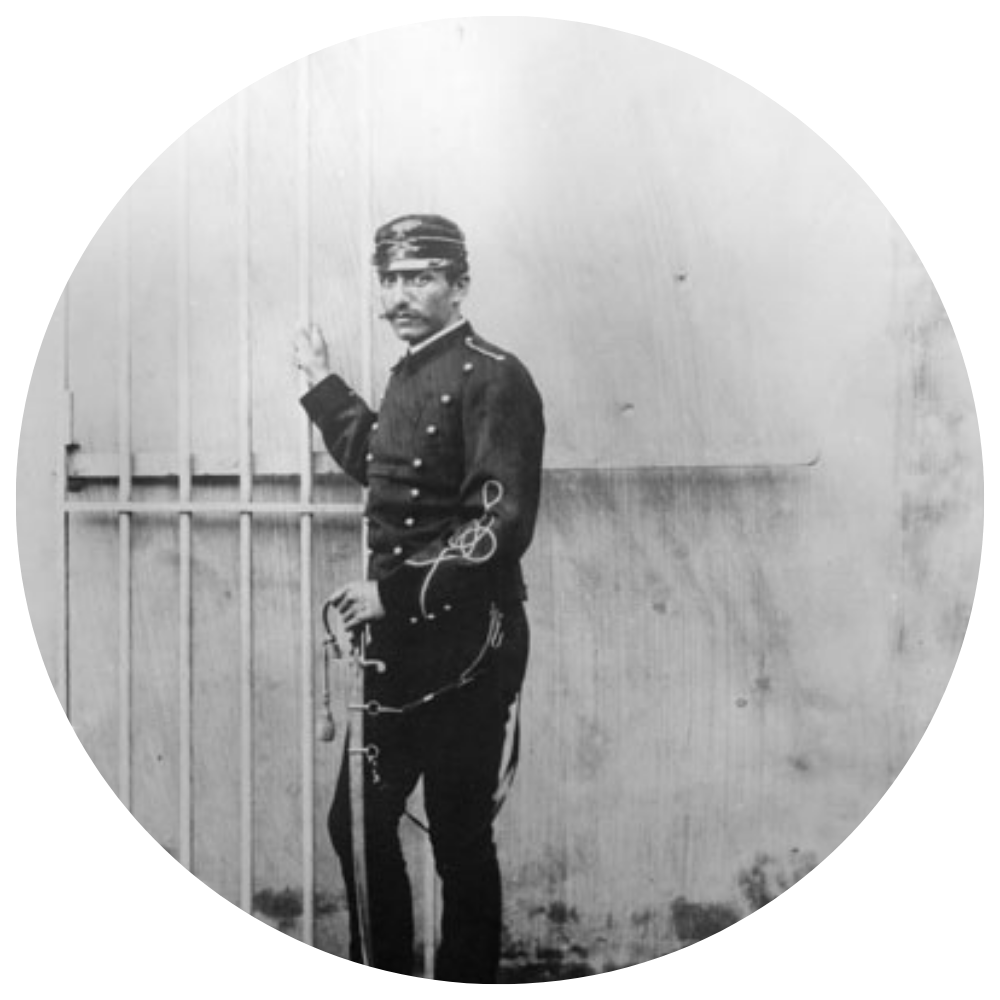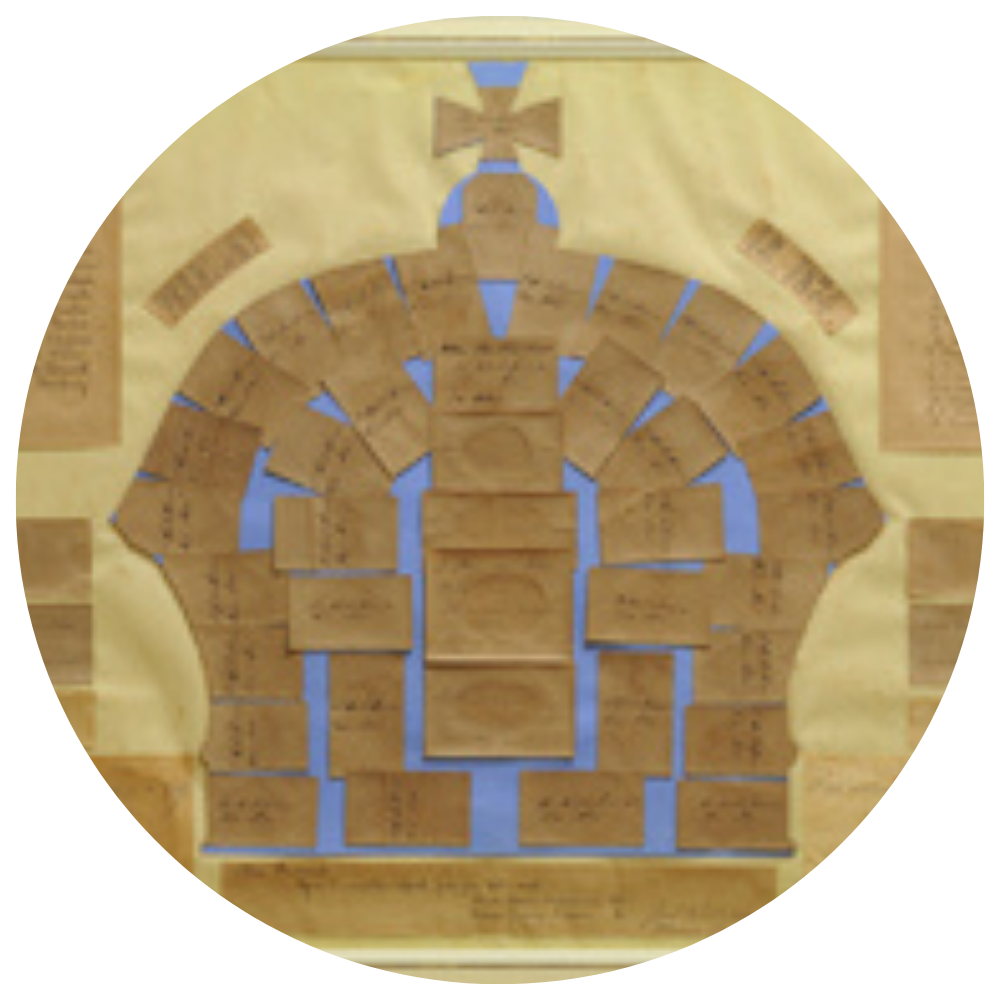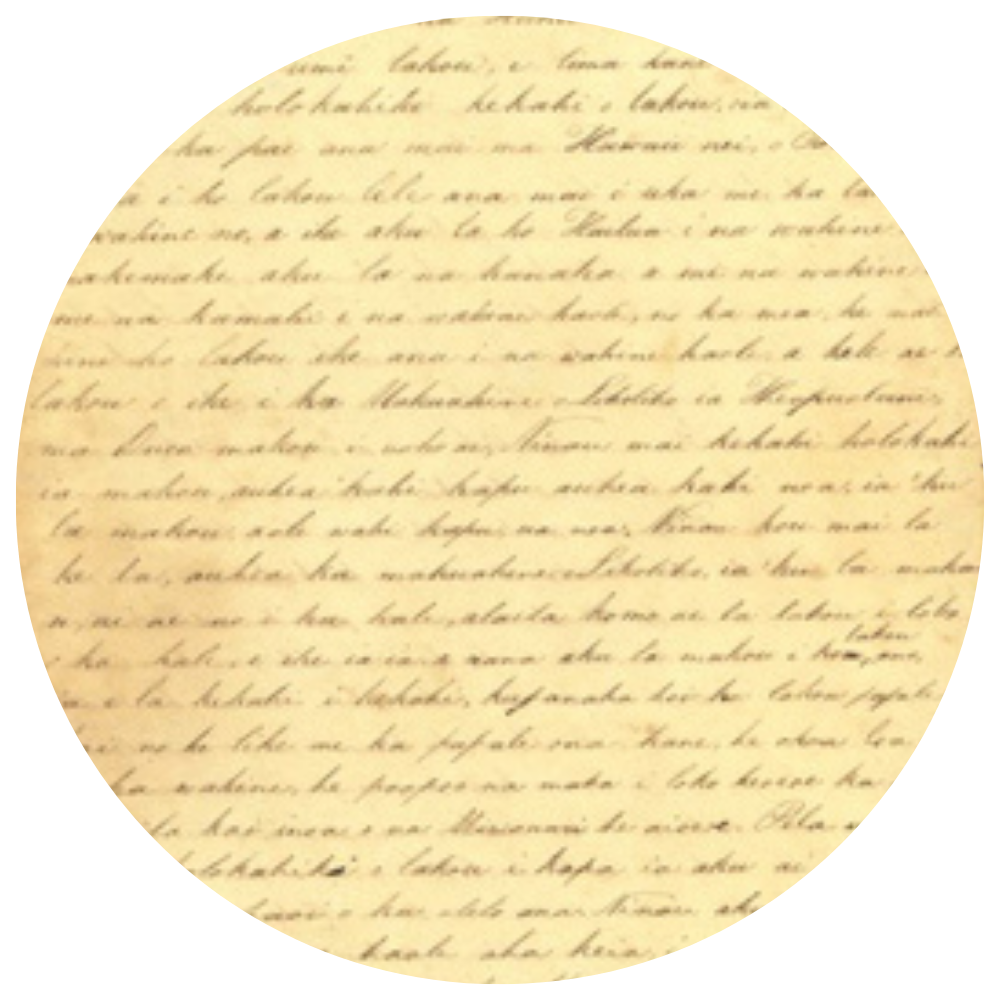The Pardon of Queen Liliʻuokalani

The pardon of Lili‘uokalani; entire release and restoration of any civil rights by Sanford B. Dole, President of the Republic of the Hawaiian Islands. October 23, 1896.
On January 17, 1893 the “Citizens Committee of Public Safety” backed by United States marines from the U.S.S. Boston, carried out a Coup d’État against the Sovereign Queen Lili‘uokalani. They proclaimed a Provisional Government led by an oligarchy of white sugar growers, businessmen and descendants of missionaries. In accordance with their plans, they immediately sent representatives with a treaty of annexation to the United States. This annexation was thwarted however, by an investigation of the situation ordered by President Cleveland. This group had not planned on running a country and their hold on power was tenuous at best. While Queen Lili‘uokalani had asked her people to remain calm, so as not to give any reason to stop what she was sure would be American restitution of her throne, there was immediate and prolonged resistance.
Besides the now well-documented anti-annexation petition drive, there were also contestations of the Provisional Government’s power in the press, the churches and other venues. Several Hawaiian-language newspapers were the first to question the legitimacy of the new government. One church congregation threw out their pastor who was pro-annexation, and underground groups formed that stealthily armed themselves in anticipation of the need to militarily restore the Queen. The P.G. responded to these challenges through a declaration of martial law, the questioning and intimidation of newspaper editors, the hiring of mercenaries from outside of Hawai‘i, and arrests of those who were thought to be leading the push for the Queen’s restoration. As early as December 1893 the P.G., at a meeting of its officers, was speaking of the “necessity of the ex-queen being made a prisoner of state.”*
One of the many arrested was Aloha ‘Āina leader, Joseph K. Nāwahī. On Dec. 9, 1894 an arrest and search warrant was executed on his estate. The republic accused him of hiding guns and “wickedly devising and intending to levy war against the Republic of Hawai‘i”**. Held in jail without bail for two months, Nāwahī contracted tuberculosis and later died.
A January 1895 attempt to restore the queen, led by Robert Wilcox, would result in the arrest of dozens of Royalist leaders, supporters, and also the Queen herself. On January 16, Queen Lili‘uokalani was placed under arrest by the Republic of Hawai‘i for misprision of treason. She and this group of her closest supporters and friends faced the ultimate penalty of death. The Queen would later write in her book Hawaii’s Story by Hawaii’s Queen: “The only charge against me really was that of being a queen; and my case was judged by these, my adversaries, before I came to court.” At trial, the Queen was found guilty and sentenced to the maximum penalty of five years of hard labor and a fine of $5,000. Queen Lili‘uokalani was imprisoned for eight months in a single room on the second floor of ‘Iolani Palace. She spent the next five months under house arrest at Washington Place until she was pardoned on October 23, 1896. The Republic had managed to keep the Queen from actively seeking recognition of her right to rule, but upon her release, she would travel to Washington D.C. where she and other Po‘e Aloha ‘Āina (patriots) would successfully lobby against passage of the second treaty of annexation.
*Provisional Government Meeting Minutes. Dec.14, 1893 Vol.4, p.25. Hawai‘i State Archives.
**Warrant of Arrest. John E. Bush and Joseph Nawahi. Criminal Case Record #2106. First Circuit. Hawai‘i State Archives.
Location: Bishop Museum ArchivesCall Number: SP 201837


